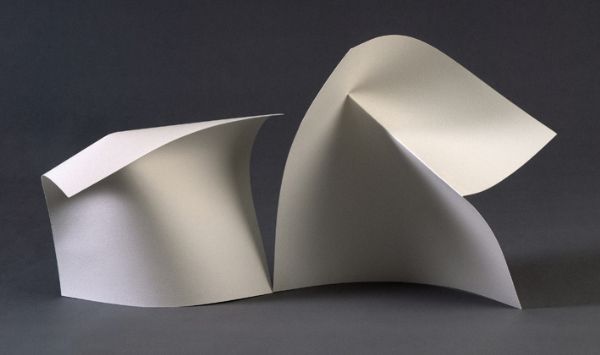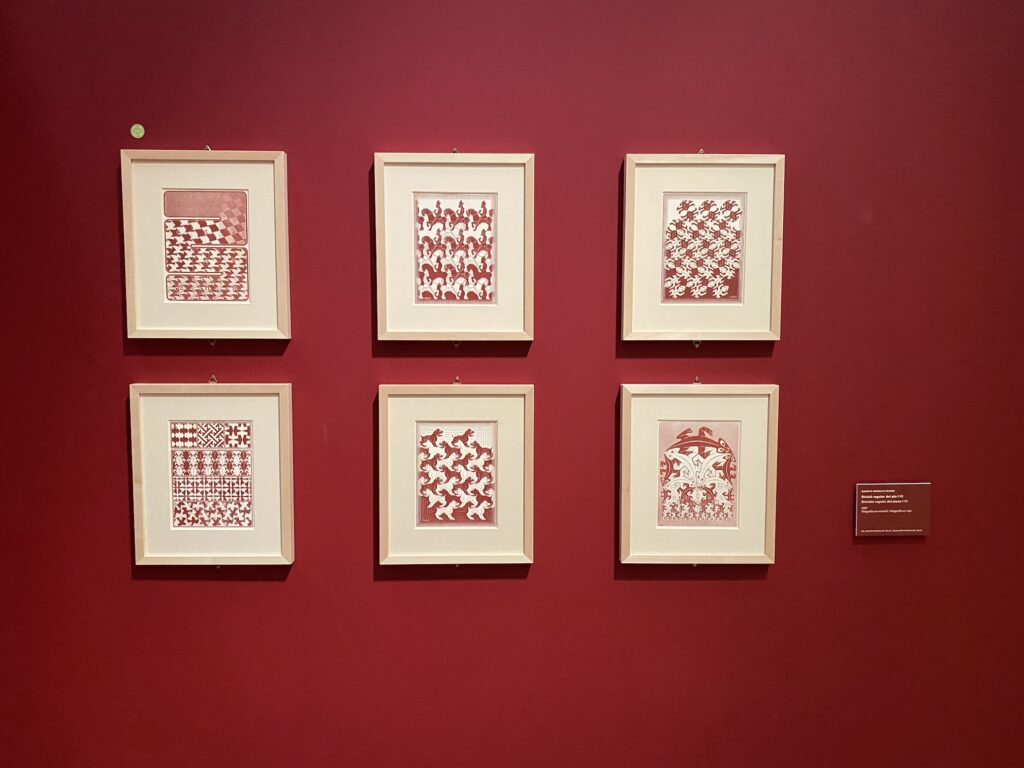I recently read the amazing book “New Expressions in Origami Art” by Meher McArthur, that I found at the shop Paper Tree in the Japan Town of San Fransisco (it’s one of my favorite shops; they always have stunning origami on display, some for sale, from many origamists featured in the book.)
Every page of the book is a delight, where a modern twists (abstraction, wet folding, tessellation) on origami always bring something very fresh.
One Crease, by Paul Jackson
While reading the book and learning about Goran Konjevod (who seems to be a colleague from Lawrence Livermore National Laboratory), I stumbled on the work of Amanda Ghassaei, who has created the Origami Simulator and many other cool simulation tools producing mesmerizing results.
https://twitter.com/amandaghassaei/status/1352605937077522434I’ve also learned about Ilan Garibi, who like Konjevod is an expert in tessallation, where the paper is creased in advance many times to serve as a canvas, and produce patterns pixels by pixel.
Origami from tesselation by Ilan Garibi
Not only there is incredible flexibility in the final pattern, but a proper use of the strength of the paper can allow to create very resistant structures out of mere paper (think of how a cardboard box can handle many pounds when the constraints are well designed; see “Exact Constraint: Machine Design Using Kinematic Processing” by Douglas Blanding [excerpt].)
I found the video (on the IEEE Spectrum video Friday, always excellent source) about the use kirigami (origami with cuts) where they use the tensions caused by the cuts and fold in a 2D material in order to manipulate objects, without any machining needed and usign soft materials.I wonder if we could use simulators and perhaps machine learning (engineers could dig into the ancestral art of origami instead, but this knowledge wouldn’t scale up) to come up with emergent structures with amazing mechanical properties (it seems people are trying 1,2,3,4,5,6)I can’t finish this piece without mentioning the connection between origami and tessellation and the work of Dave Whyte (Bees and Bombs), where the visual artist explore symmetries, transitions and perspectives in fascinating ways.— dave (@beesandbombs) December 4, 2020M.C. Escher is a pioneer in the domain, but now media have evolved, and I hope we’ll find ways to showcase the amazing talents taking advantage of these new means.
